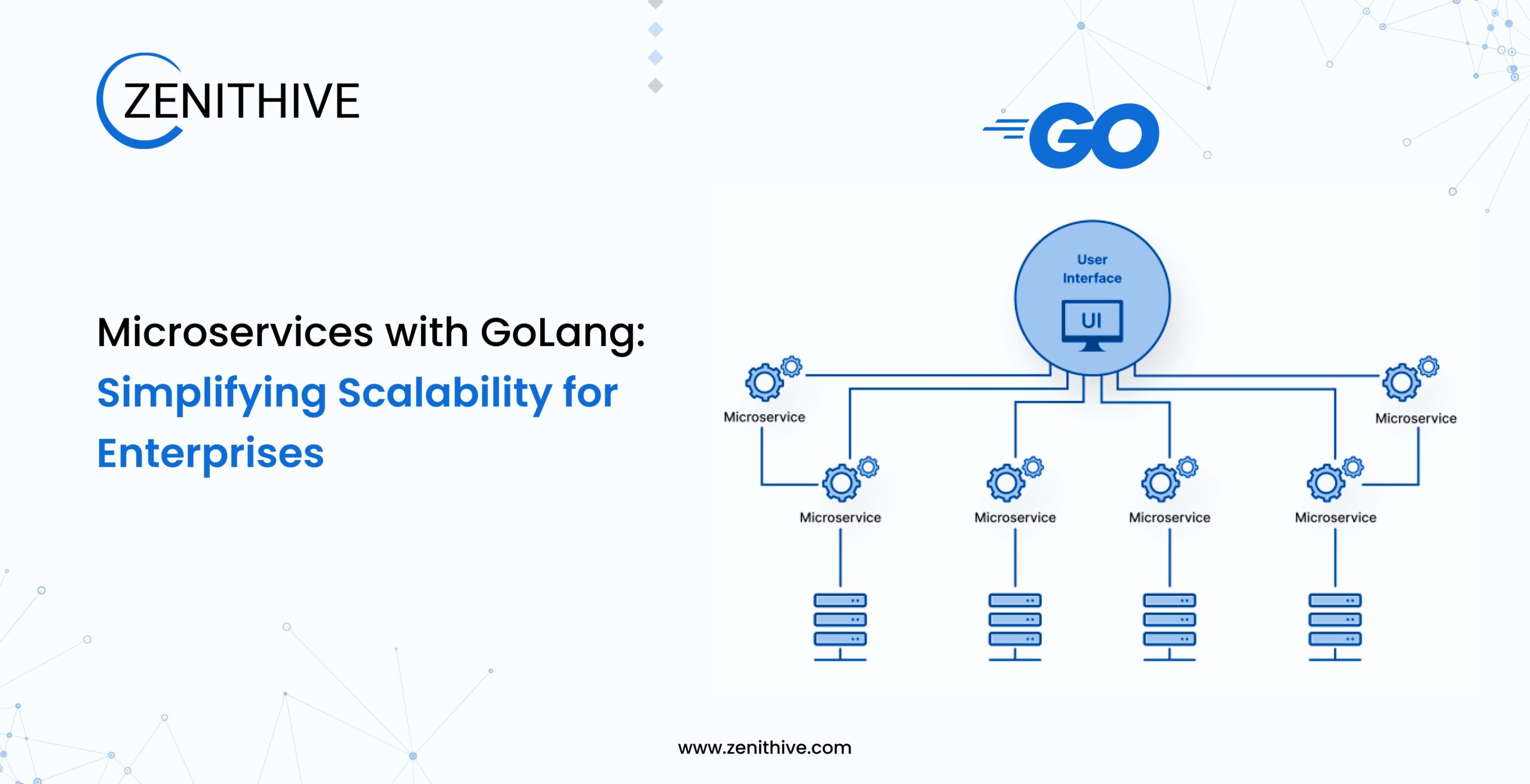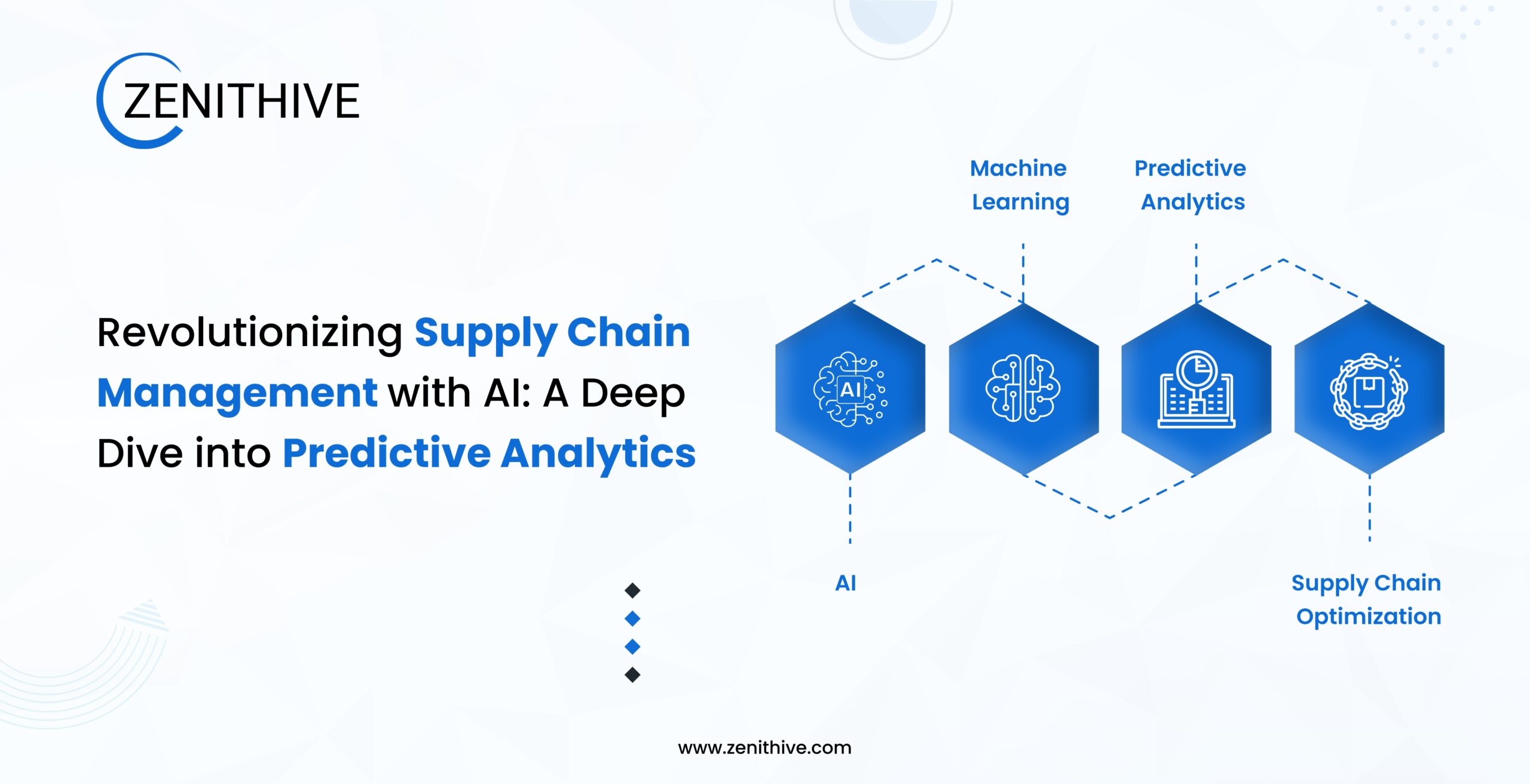Microservices architecture has emerged as a preferred choice for building scalable, resilient, and maintainable applications. Go (Golang), with its efficiency, simplicity, and strong concurrency model, is a perfect fit for microservices development. This guide delves into the best practices, tools, and techniques for creating robust microservices using Go.
Why Choose Go for Microservices?
Go is a statically typed, compiled language designed for performance and simplicity. Here are key reasons why it’s ideal for microservices:
- Concurrency Model: Go’s goroutines and channels enable lightweight and efficient concurrent processing, making it easier to handle multiple requests simultaneously.
- High Performance: Go compiles to machine code, ensuring fast execution and low latency, which is critical for microservices.
- Scalability: Go’s built-in support for scalability helps developers design services that can handle increased loads efficiently.
- Ease of Deployment: Go produces a single binary, simplifying deployment and reducing runtime dependencies.
- Rich Ecosystem: With numerous libraries and frameworks, Go supports rapid microservices development.
Key Principles of Microservices Architecture
1. Decoupling Services
Each microservice should perform a single responsibility and communicate with others through APIs. This separation ensures that changes in one service do not impact others.
2. Scalability
Services should scale independently based on demand. Go’s inherent scalability aids in achieving this.
3. Statelessness
Microservices should avoid storing state locally, instead relying on external databases or caches to maintain consistency across instances.
4. Fault Tolerance
Design services to handle failures gracefully using techniques like retries, circuit breakers, and failover mechanisms.
5. Observability
Implement logging, monitoring, and distributed tracing to ensure you can identify and resolve issues quickly.
Setting Up a Go Microservices Project
Tools and Libraries
To get started with Go microservices, you need a robust set of tools and libraries:
- Web Framework: Use lightweight frameworks like Gin or Echo for building RESTful APIs.
- Database ORM: GORM simplifies database interactions.
- Configuration Management: Tools like viper help manage environment-specific configurations.
- Messaging: Libraries like NATS or Kafka enable asynchronous communication between services.
- Testing: Leverage GoMock and Testify for unit and integration testing.
Directory Structure
Organize your project to ensure clarity and maintainability:



